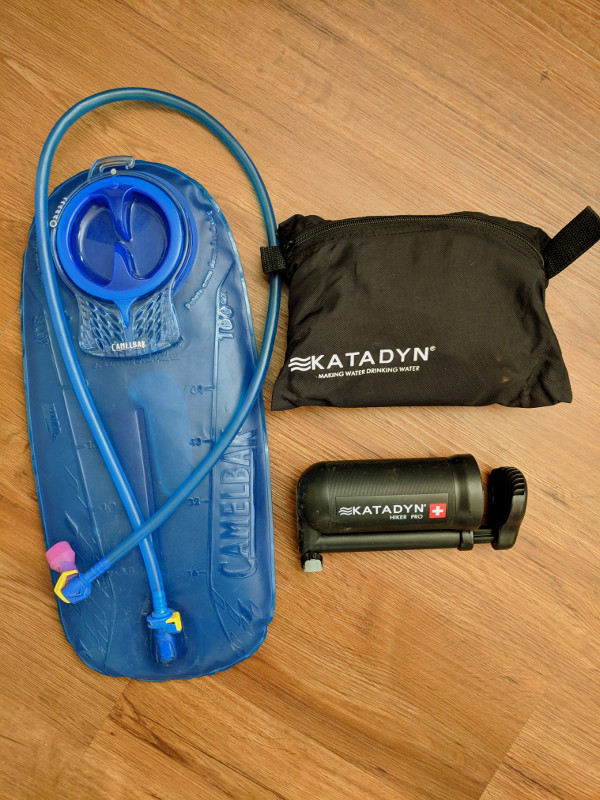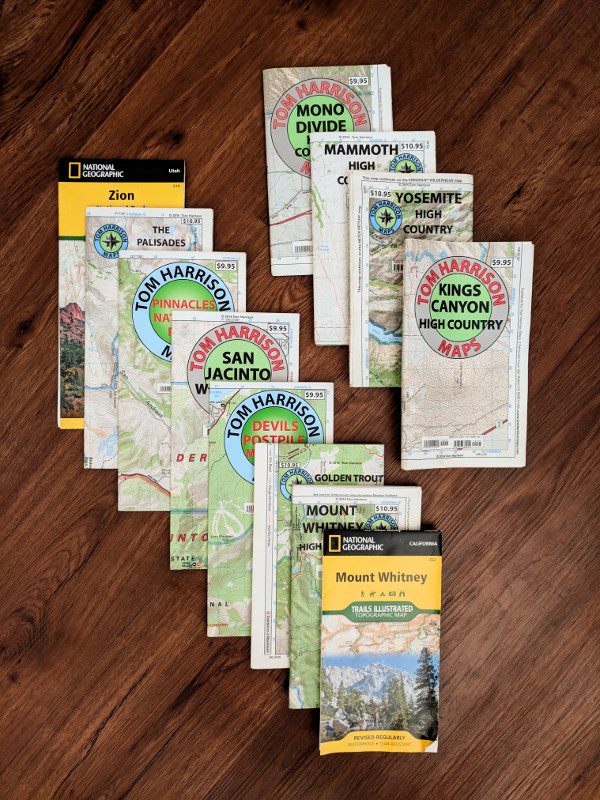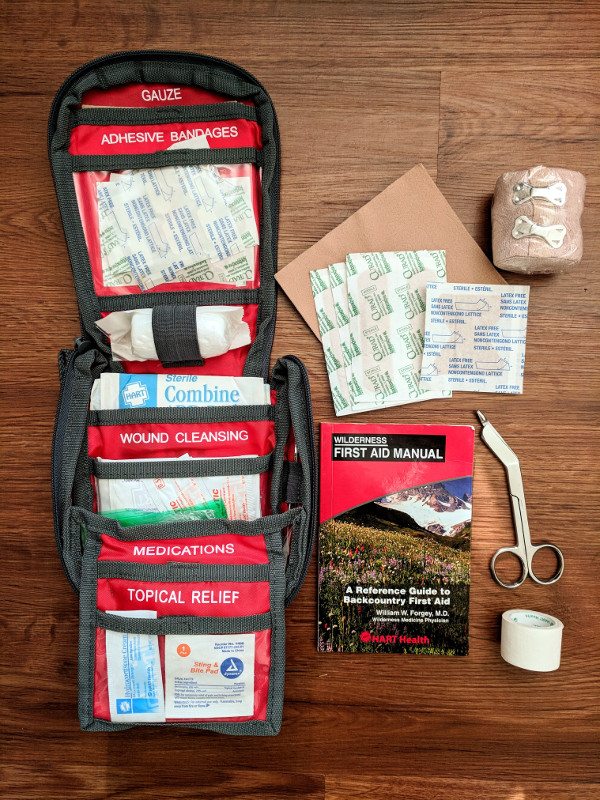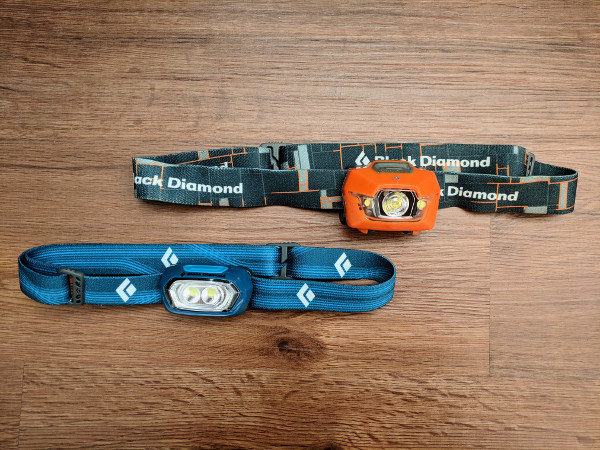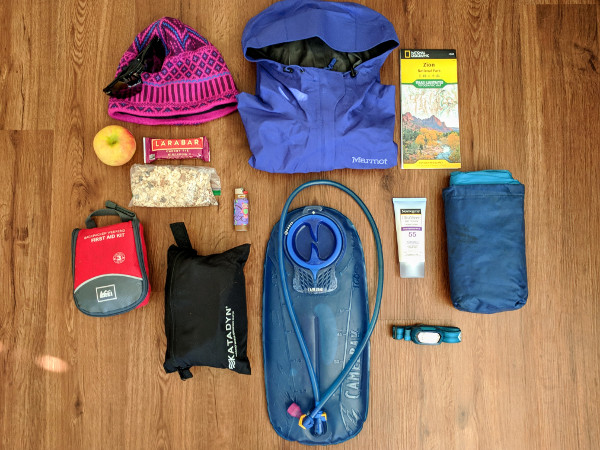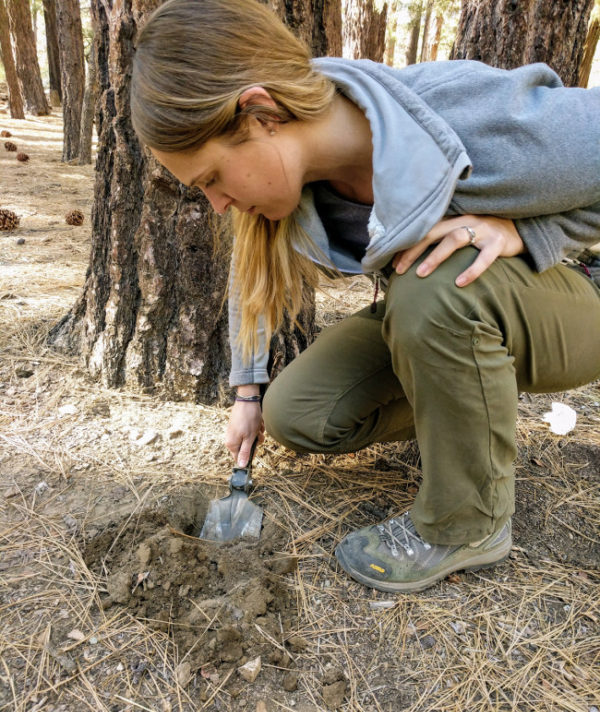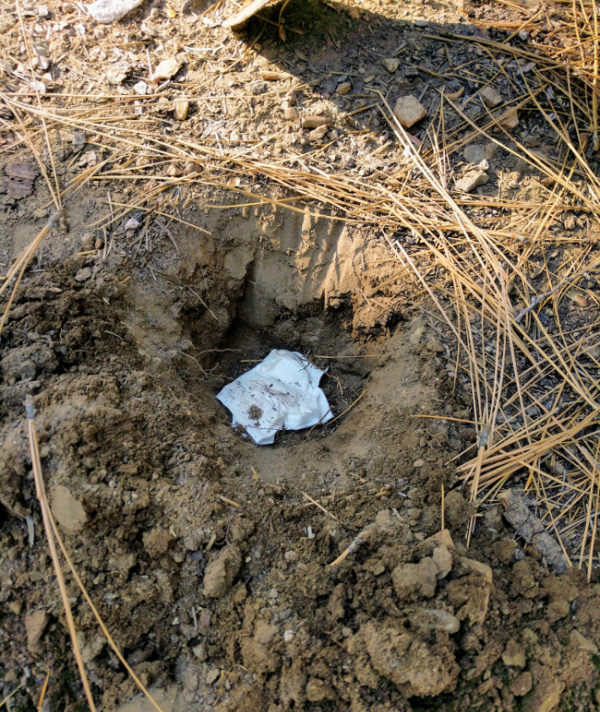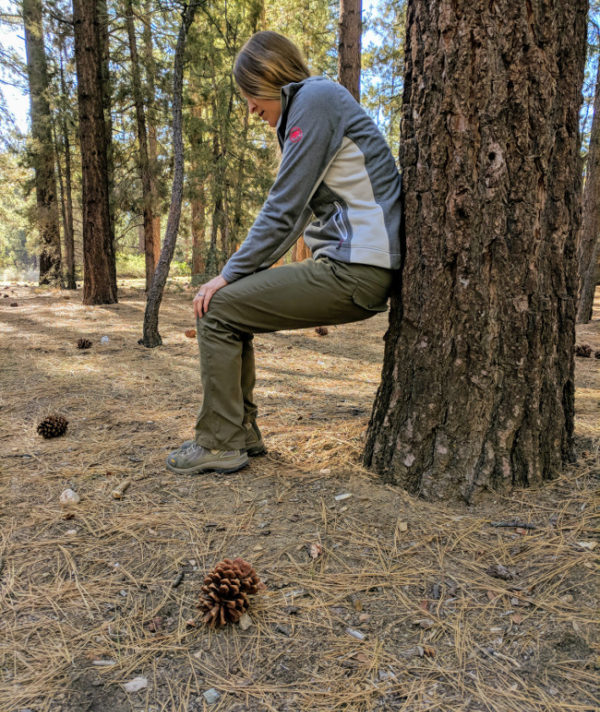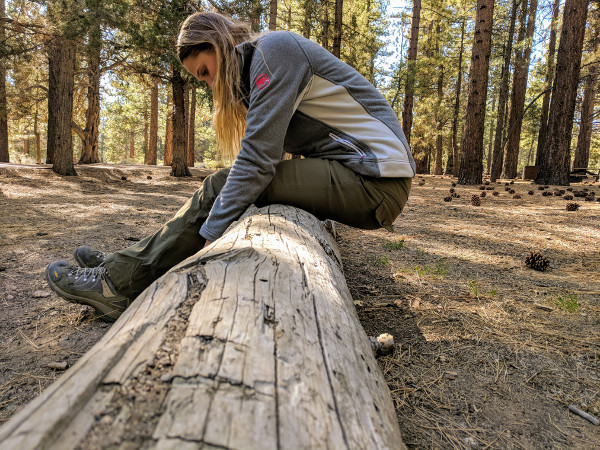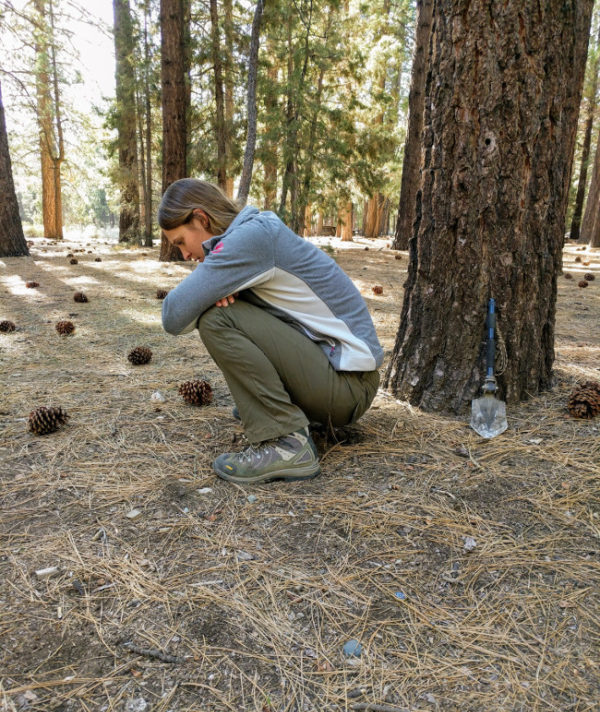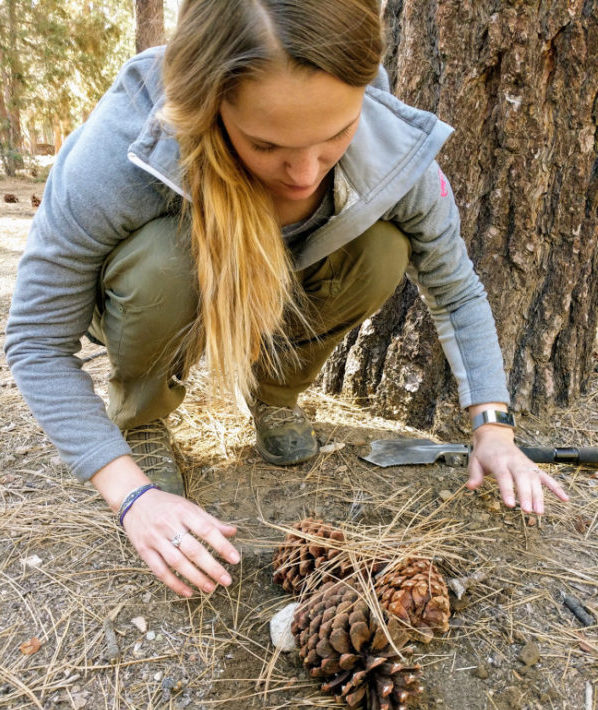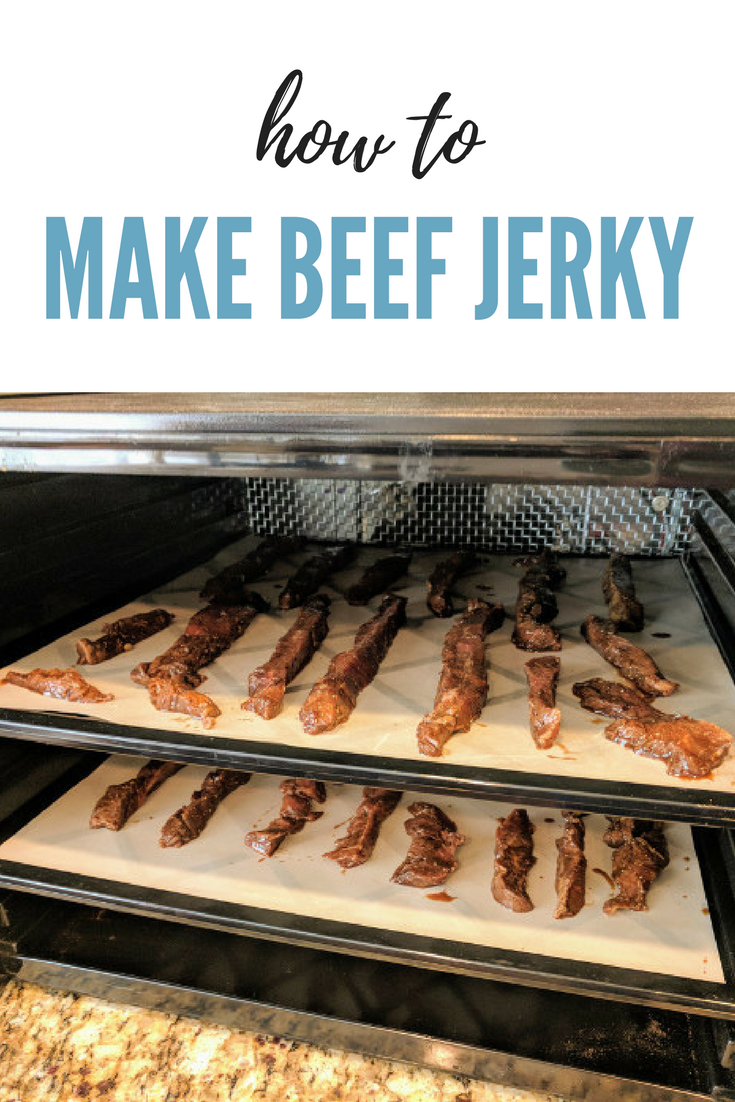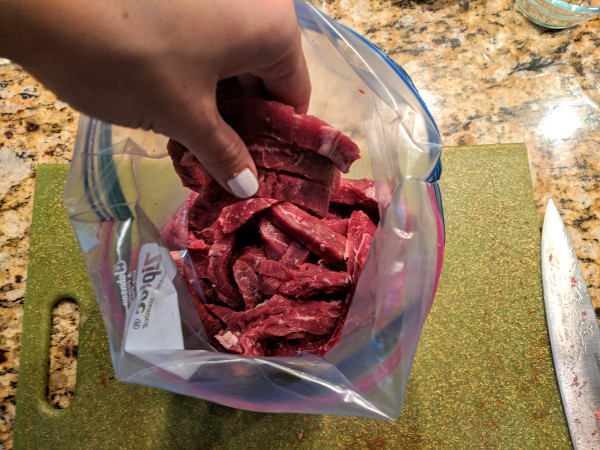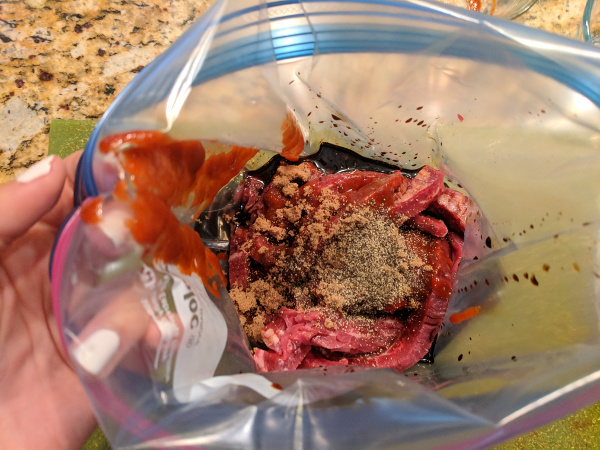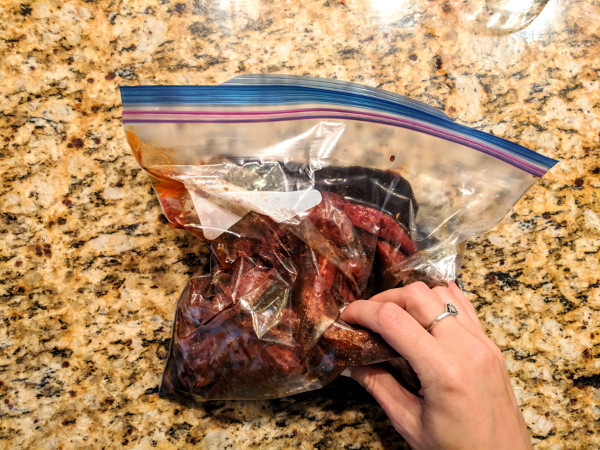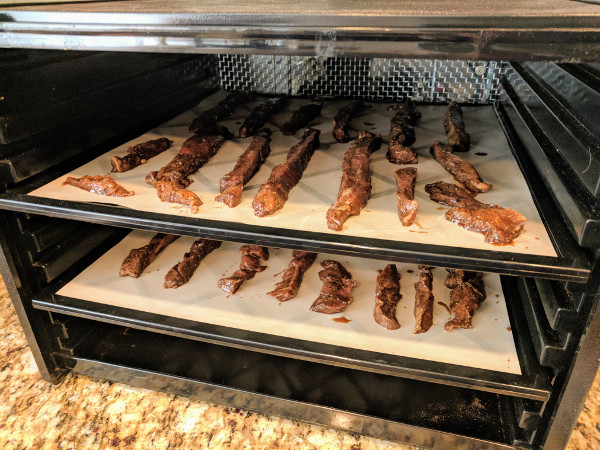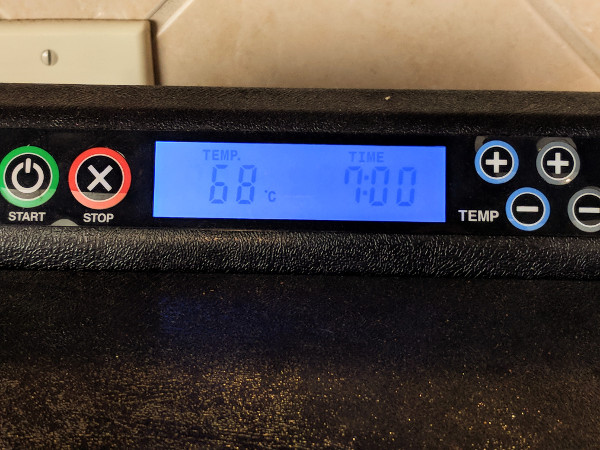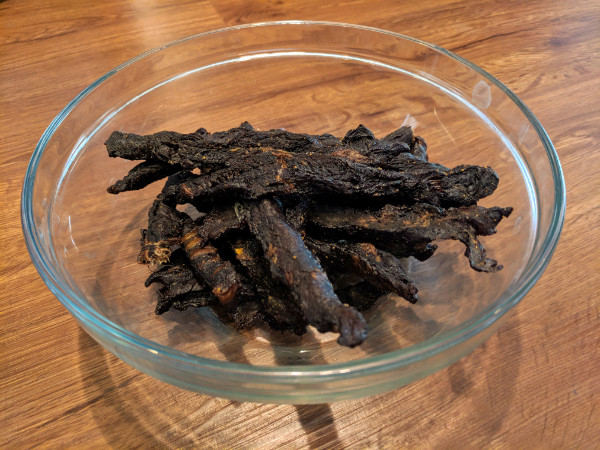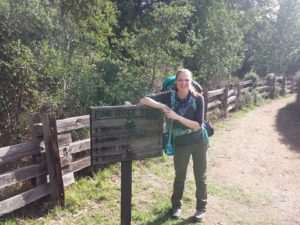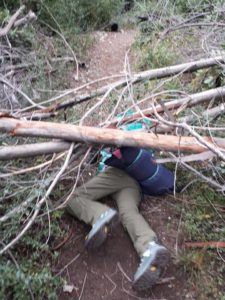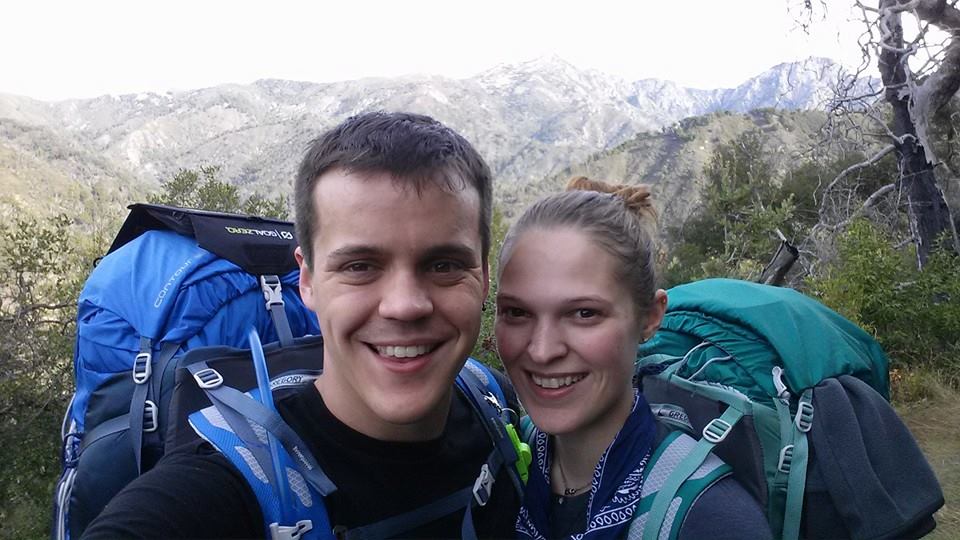“OMG! That looks like so much fun! I wish I could go backpacking!” It’s a statement I hear often each backpacking season as I relate to friends and family my…
“OMG! That looks like so much fun! I wish I could go backpacking!”
It’s a statement I hear often each backpacking season as I relate to friends and family my schedule of backpacking and car camping trips. They ooh and ahh over the photos, promising that they’ll clear a weekend to come with Alex and I on one of our adventures.
Alas, many of them come up with what I believe are excuses for not getting outside. Some find it’s too expensive, or they’re not in good shape or they have family obligations, the list goes on and on.
But here are 10 Reasons Why You Need to Go Backpacking!
Attention: My post may contain Amazon affiliate links! As an Amazon Associate I earn from qualifying purchases.
It’s Cheaper Than A Traditional Vacation
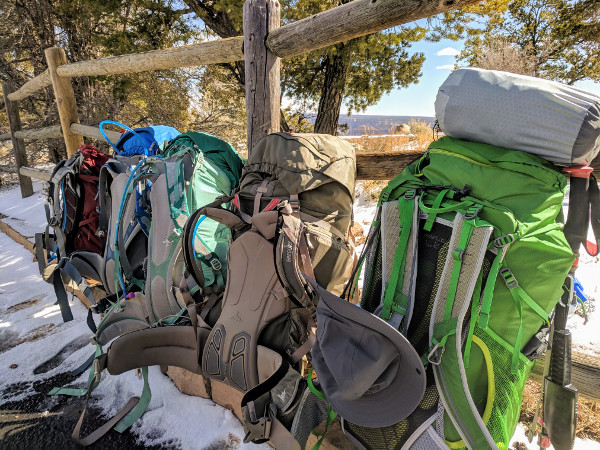
No, seriously, it is. Most permits will range anywhere from $20-$45 (cost varies depending on location, group size, etc). For major locations, like national parks, there’s usually an entrance fee so be sure to check out America the Beautiful Annual Pass at Recreation.gov – for $80 it gets you free entrance into national parks like Grand Canyon, Yosemite and Zion.
Pro-Tip: Most parks will allow you to book 6 months in advance, so mark your calendar & set reminders. Use the campground’s main website to scout the best site and have a backup in the event your first choice is reserved.
While purchasing gear can get expensive, there are tons of great places to get discounted or gently used gear. Online stores and outdoor shops routinely run promotions & sales throughout the year. Companies like REI will regularly purge their inventory by having huge garage sales where you can purchase returned or gently used items for a fraction of the regular sale price.
Remember to take care of your gear; if you do, it can last you for years.
First time backpacking and worried you won’t like it? No worries! There are a several companies that will allow you to rent gear to try out. Just do a web search for ‘backpacking gear rental’.
Related: 10 Essentials for Hiking & Backpacking
Physical Activity = Better Health
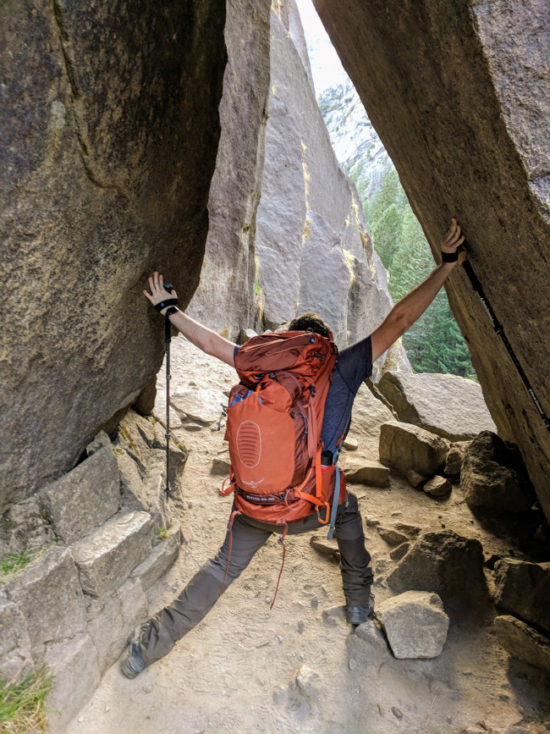
Remember that New Year’s resolution about working out and going to the gym? You know, the one you haven’t started? Don’t feel guilty, we’ve all been there.
You don’t have to do high intensity workouts in a gym to look and feel better. Going outside for a hike or backpacking trip are great alternatives to a gym membership. Hiking typically is free and backpacking usually is inexpensive (see above).
Even if you’re not into backpacking, taking a walk or bike ride around your neighborhood is still great for your health and body. Getting in shape and saving money? That’s a win-win situation!
It’s Good For Your Mental & Emotional Health
Being outdoors in nature is as good for your health, both mentally and emotionally, as it is physically. Multiple health studies have shown that it can lower stress and increase serotonin levels. Other benefits include improved concentration, physical recovery and a decrease in episodes of depression.
For me, it helps to refresh my spirit and remind me to slow down & enjoy life.
Forge Deeper Relationships
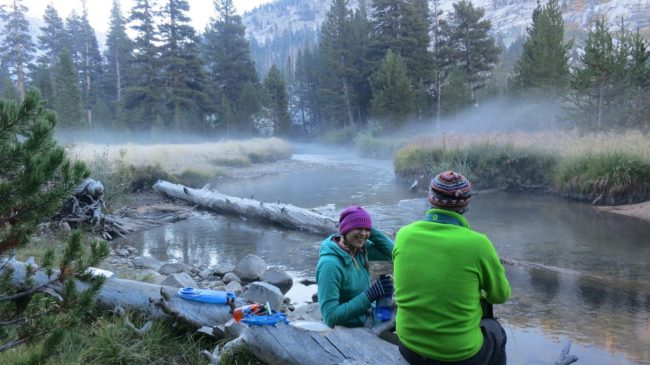
Heading out into the backcountry is a great way to connect with family and friends. I have several friends who will clear their calendars to come out on a backpacking trip and it’s always a pleasure to catch up with them while we navigate trails.
Another great reason to backpack with a companion? You can split gear between two people making your pack a little bit lighter, maybe even cheaper. Big plus!
Thinking about trying solo backpacking? Don’t fret! Backpacking solo allows you to gain a deeper understanding of yourself and allow you time for reflection. It’s also a great way to meet other explorers and create new friendships. Just make sure you are properly prepared and have a good understanding of what solo backpacking entails.
Enjoy Public Lands
“We have fallen heirs to the most glorious heritage a people ever received, and each one must do his part if we wish to show that the nation is worthy of its good fortune.” – Theodore Roosevelt
President Roosevelt, with Congress, worked to create national parks across the country claiming that these places should remain unmarred by man.
Yes, if you go far enough back you can see the unsightly history of how the United States has claimed these lands but, despite its history, public land is open for everyone to visit, no matter where they come from.
Take advantage of seeing these incredible places before they’re no longer there.
See Sights You Can’t Drive To
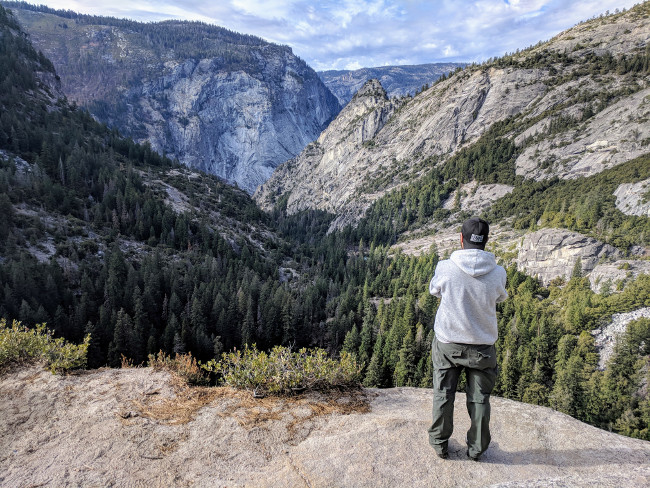
Anyone can drive to a place like the Grand Canyon, park at a vista point and take a selfie but have you been down to the river and looked up? Let me tell you, the experience is breathtaking. Ever been on the peak of a mountain in the Sierra Mountains? You feel so big and so small, all at the same time.
Backpacking, hiking in general, allows you to see magnificent sights in a way you’ve never seen before. Sights that you cannot just drive up to.
Bottom line: If you really want that Instagram worthy photo you’re going to have to work for it.
Unplug From Technology
I won’t lie, removing yourself from technology, even for a few days, can be difficult. We’re so used to having information at the tip of our fingers it’s hard to imagine going several days without tech. But trust me, connecting with nature rather than social media will really help to recharge your spirit.
Don’t get me wrong, you can still carry it with you but your phone has more uses than just emails and social media. You can use it in the backcountry as your camera and as your GPS map or for topo maps.
New Found Appreciation
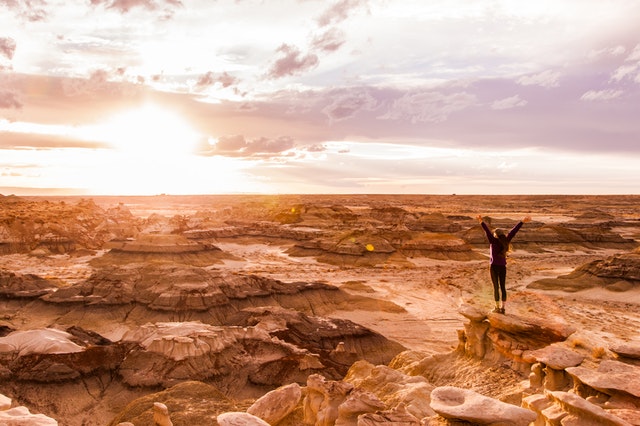
I love this one since it really impacts the way you view what you have. After several days and nights backpacking, it’s incredible how much you appreciate simple things like a soft bed, the AC in your car or your shower.
These are items we take for granted and while backpacking is definitely not easy, it really helps to open your eyes to just how lucky we all are.
Prove To Yourself You Can Do It
I’ll let you in on a secret: I’m always nervous when I hit the trailhead. “Can I really do this?” is what I always think when I’m throwing on my pack.
Yes, some of the trip will be rough. You’ll be sore, tired and you may begin to doubt yourself. Just remind yourself all of these feelings will be overshadowed by how much you accomplish and how you overcame these negative feelings.
After I completed the Rae Lakes Loop in the Sierra Mountains, a long 5 day/50+ mile trip, I cried with happiness because I had overcome the doubt and pushed myself harder than ever. I set a lofty goal and met it with fierce strength and determination.
Basically, You’ll Look Like A Badass
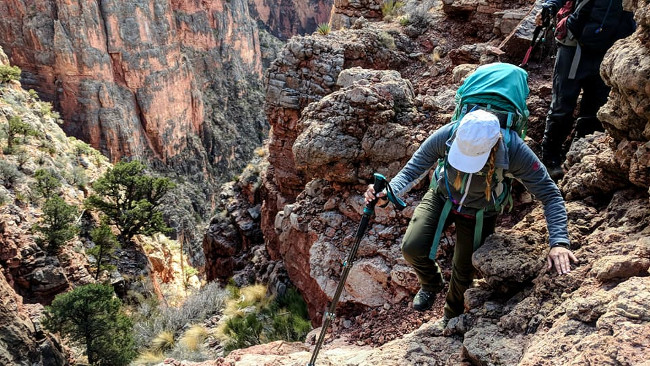
Because who doesn’t want to be a badass? 🙂
Related: 10 Essentials for Hiking & Backpacking
Do you like to go backpacking? What are your reasons for getting out into the backcountry?
